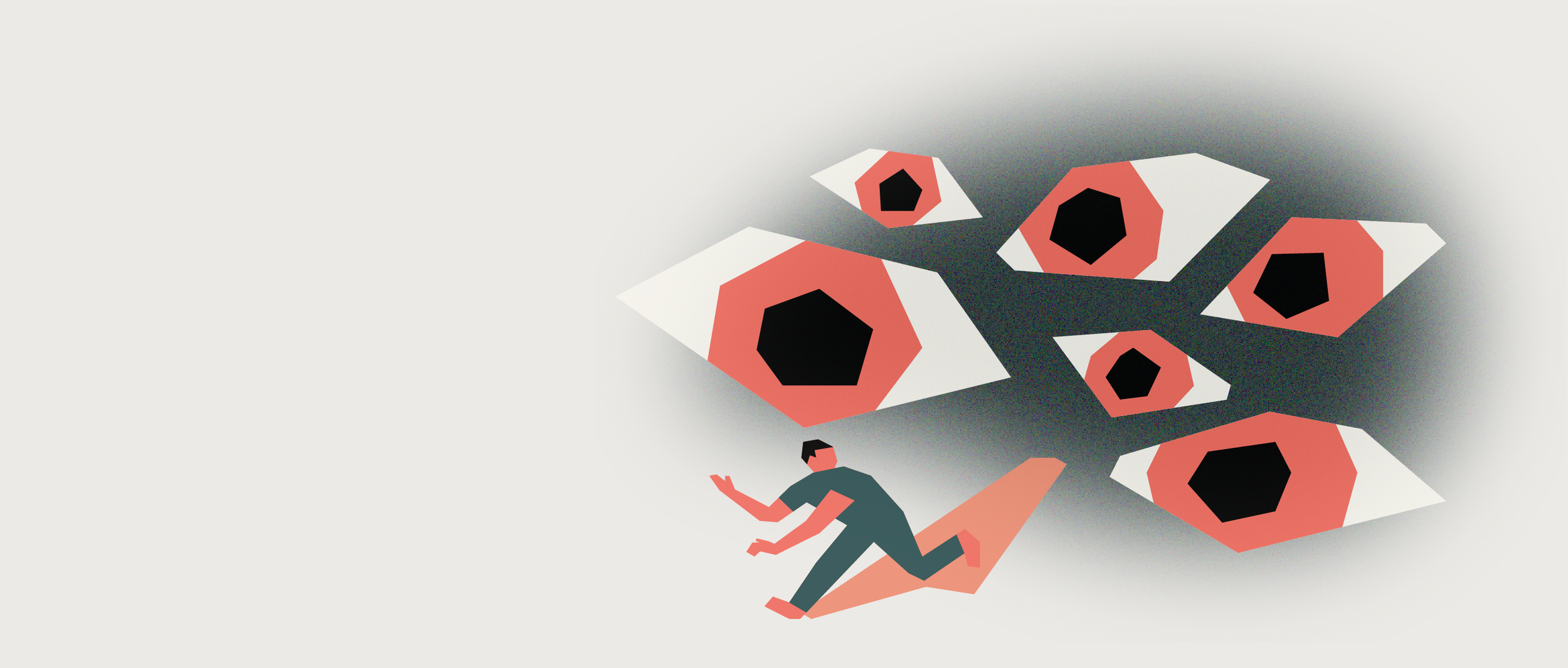
What is Image-Based Sexual Violence
WITHOUT CONSENT, IT IS SEXUAL VIOLENCE
⌁
WITHOUT CONSENT, IT IS SEXUAL VIOLENCE ⌁
Any sexual behaviours that violate another person’s consent, regardless of physical contact, are sexual violence. Image-Based Sexual Violence (IBSV) refers to behaviours that involve non-consensual intimate images*
*An ‘intimate image’ refers to image that depicts the intimate part of an individual, whether bare or covered by underwear, e.g.: genital, anal, breast area, and genitalia reconstructed through gender affirmation surgery.
Image-Based Sexual Violence includes
Have you heard these myths?
-
You have the right to decide who can view your intimate images. Even if you have previously consented to the taking of intimate images, it does not directly establish the consent to their disclosure. Separate consent is needed. Displaying your intimate images to others without your consent already amounts to image-based sexual violence.
-
Everyone has their right to choose what to wear. Blaming the victim and attributing the cause to how the victim dresses is a rationalisation of the acts of covert filming. It is necessary to put right the perpetrator’s thoughts and behaviours to truly resolve the problem. If we can all respect body boundaries and others’ consents, there will be no ‘upskirting’.
-
'Take it easy! It's just a picture' - this is a very common belief. But think twice: if we don't even want others to see our hideous pictures, why is it fine to tolerate our intimate images being distributed and shown to others? Once the intimate images are disseminated online, there are numerous possibilities of them being forwarded, copied, shared and downloaded. The impact of having nude photo or sex video disseminated online can therefore go far beyond our imagination.
-
First of all, we have to respect others' body boundaries and consents, and not to be a perpetrator ourselves. Besides, when witnessing image-based sexual violence, we can and should stand up against it, instead of being indifferent. In addition, by not blaming the victim, you actually help avoid inflicting further harm to them
Support & Resources











